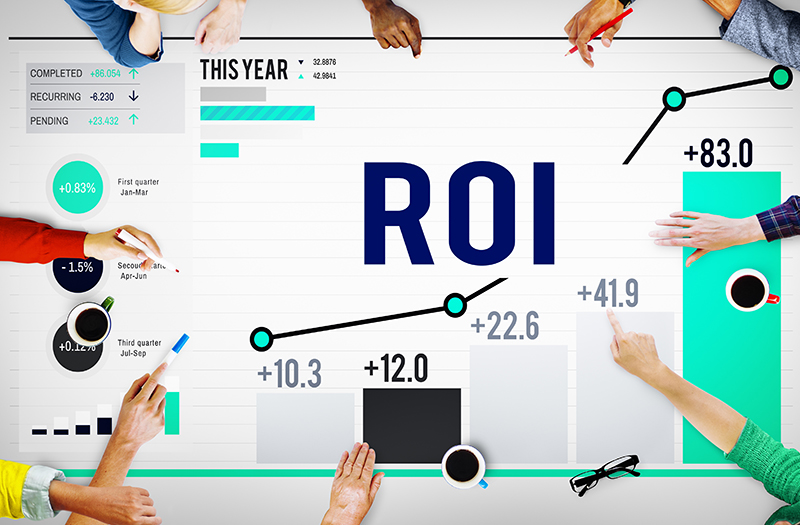
Some studies suggest almost 34% of marketers on a global level doubt themselves when it comes to measuring social media ROI. In a world that is largely dominated by social media marketing, this poses a huge problem. If you don’t know how to measure ROI correctly, how can you be sure your social media marketing strategy is effective and profitable?
Since social media plays a crucial role in building trust and relationships, raising brand awareness, and driving sales, knowing how to measure ROI is an essential skill you have to master. Continue reading to learn how to measure social media ROI in just six simple steps.
Have Clear Objectives
If you don’t know where you are going, any road will take you there. You have probably heard of this saying. It can also apply to your marketing efforts. Without clearly defined objectives, you will get nowhere. Objectives and aims are the starting point for digital marketers.
Do you want to convert more customers? Reach a wider or a particular audience? Interact with customers or raise brand awareness? While these aims are entirely okay to have, they are still vague and general.
For any strategy to work the way you want it to, you should have measurable and specific goals. Try to think of your aims as SMART aims. This means they should be specific, measurable, achievable, realistic, and time-bound. This will help you measure ROI, especially the value aspect.
Collect Relevant Marketing Data
The next step is to collect as much relevant marketing data as possible. You can collect data in two different ways.
Firstly, you can access the insights tab on your social media counts. This tab contains information such as daily followers, number of views, etc. If you decide to collect data this way, you must be prepared to collect and analyze the data all by yourself.
Secondly, you can resort to various social media management tools. Such tools collect and analyze the data for you through easy-to-read reports.
Whichever way you choose to collect your data, make sure to save it for future reference. This way, you will be able to compare and contrast data from various periods.
Analyze Data Using Metrics
Now that you have collected the data, you can analyze it using specific metrics. Those metrics are usually called KPI or Key Performance Indicators. When you combine KPIs, your data, and context, you see whether or not the strategy you are implementing is achieving desired results.
Bear in mind that for metrics, you can’t choose just any indicators. The selected indicators have to match your brand’s goals. For example, you can use our Engagement to customer rate, Audience growth rate, or Average value per customer.
Add Values
With metrics, indicators and data all set, you can measure the value of your social media efforts. The value you are supposed to add is monetary. You do that by adding direct income, social media followers, and engagements on the social media platform.
The income is easy to add. All you have to do is figure out how much money you made selling your products on social media and its posts.
The tricky part is to add the value of your social media followers in total. You have to multiply the number of new followers for a given time frame by the value of every follower.
As far as engagements on social media platforms are concerned, you will have to do some more multiplying. Multiply the number of engagements with your engagement to customer rate. You can now use this number and multiply it by your average value per customer rate.
Calculate Expenses
All that is left to do, apart from creating a report, is to calculate your expenses. You may want to separate your expenses into direct and indirect ones.
Direct costs are those that have a direct influence on your strategy, for example, software costs or content creation costs. On the other hand, indirect costs include promotion costs.
When you add direct and indirect costs together, you get an investment figure which tells you how much money you invested in your social media efforts.
Create a Report
Congrats! With investment and value figures, you have finally measured your ROI. If your ROI percentage is positive, your efforts have been profitable. On the other hand, your investments haven’t paid off.
The last thing you should do is create a report containing details such as previous ROI results, content calendar, ROI for different platforms, and suggestions for the future. Make sure to keep it, so you can go back to it and see how your social media marketing is progressing over time.
All in all, measuring social media ROI will maximize your marketing efforts and drive your strategy even further. That is why it is important to learn how to measure it correctly with these six steps.
You may also like: Measuring Social Media Marketing Efforts
Image source: Rawpixel.com



